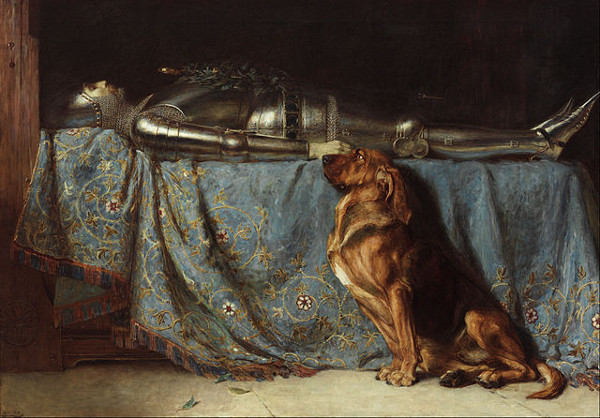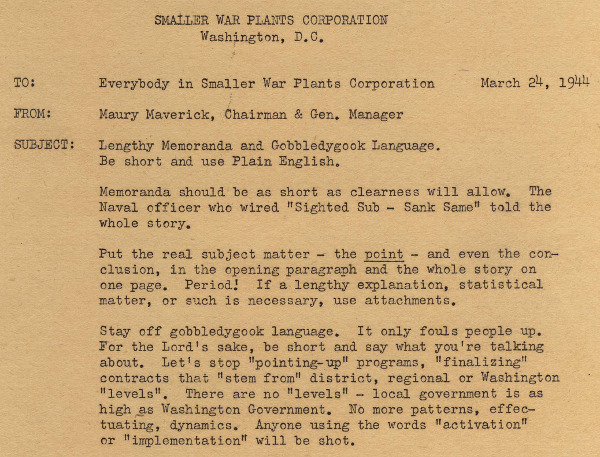
In August 1980, an extortionist planted a thousand-pound bomb in Harvey’s Wagon Wheel Casino in western Nevada. Unless the owners paid him $3 million within 24 hours, he said, the bomb would go off and destroy the casino. In this week’s episode of the Futility Closet podcast we’ll describe the tense drama that followed and the FBI’s efforts to catch the criminal behind it.
We’ll also consider some dubious lawn care shortcuts and puzzle over why a man would tear up a winning ticket.





